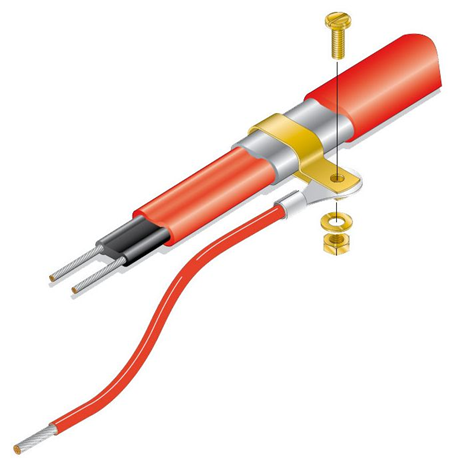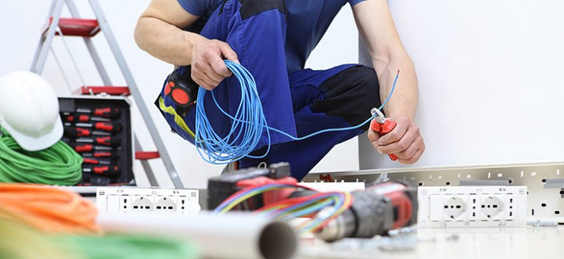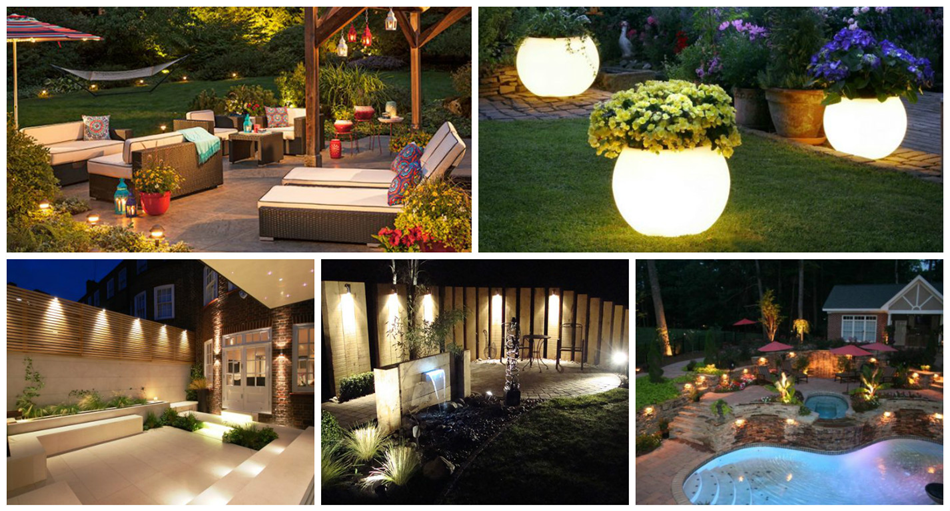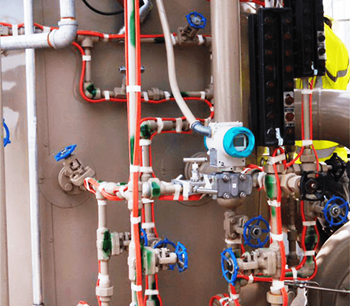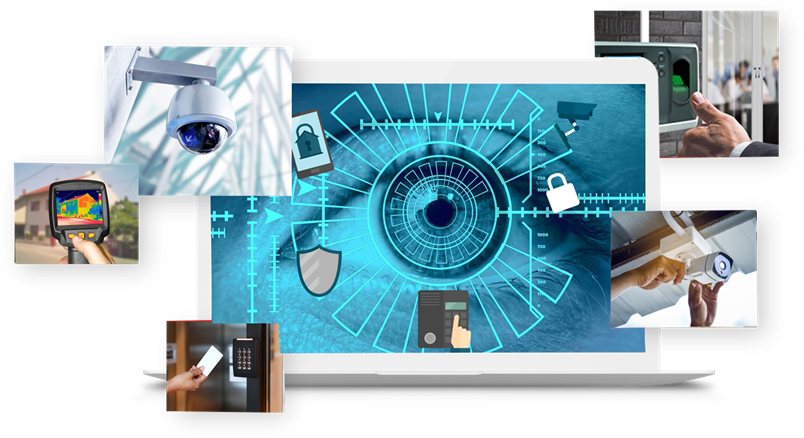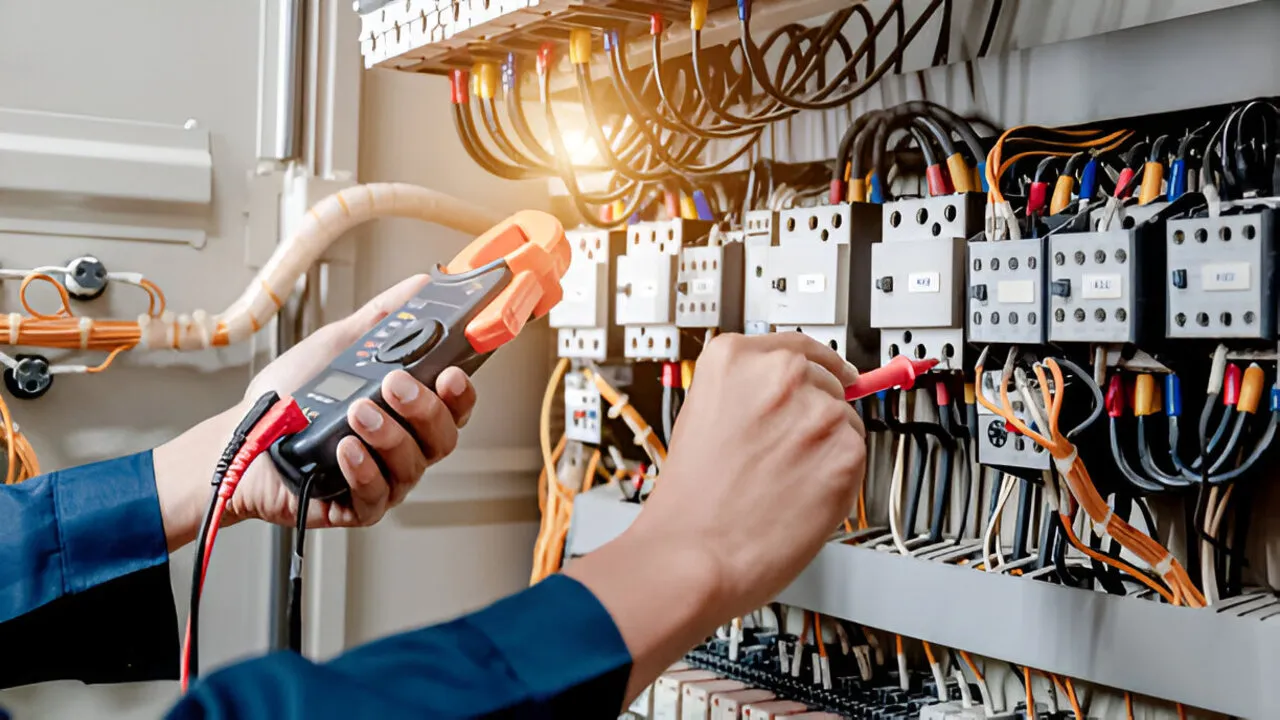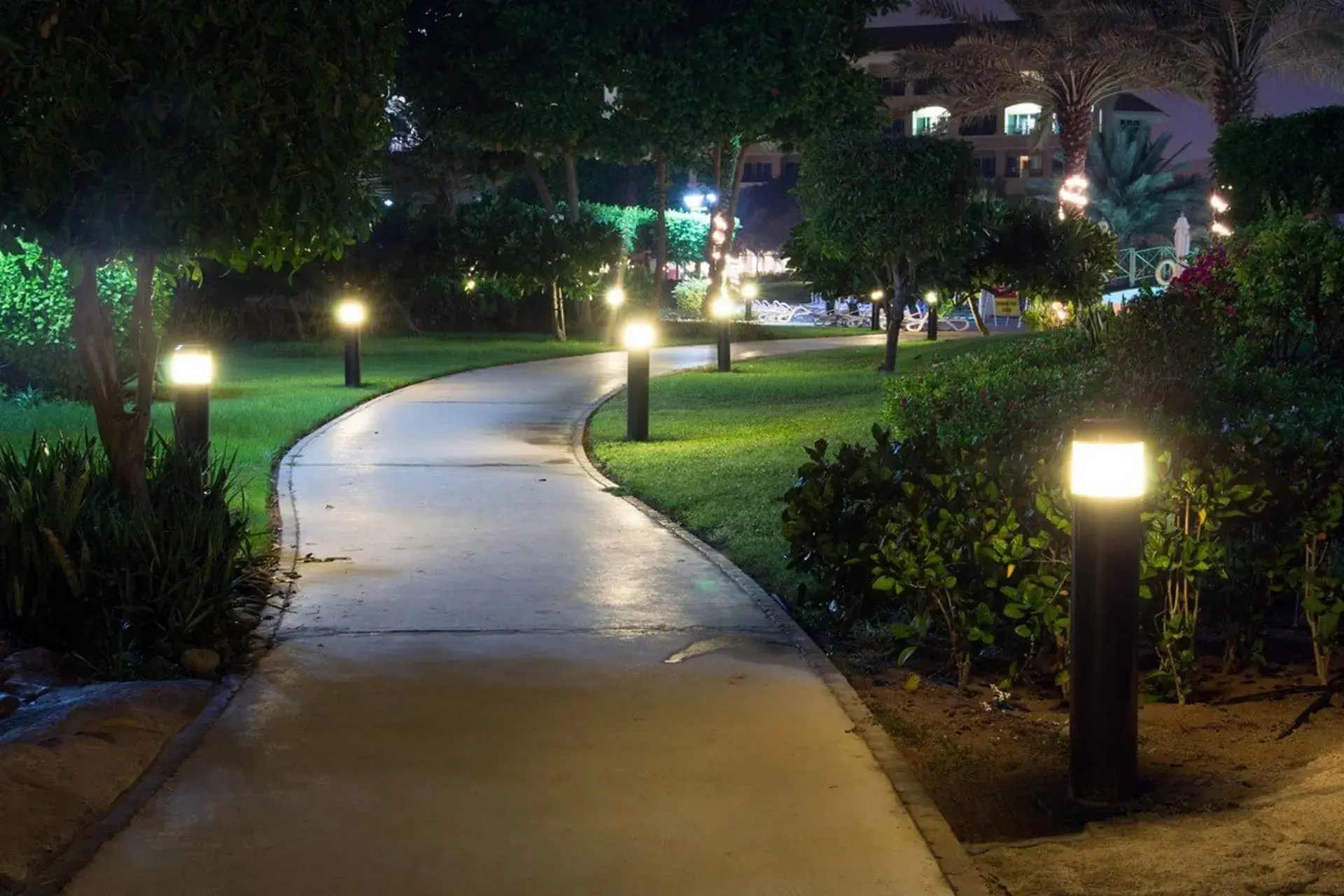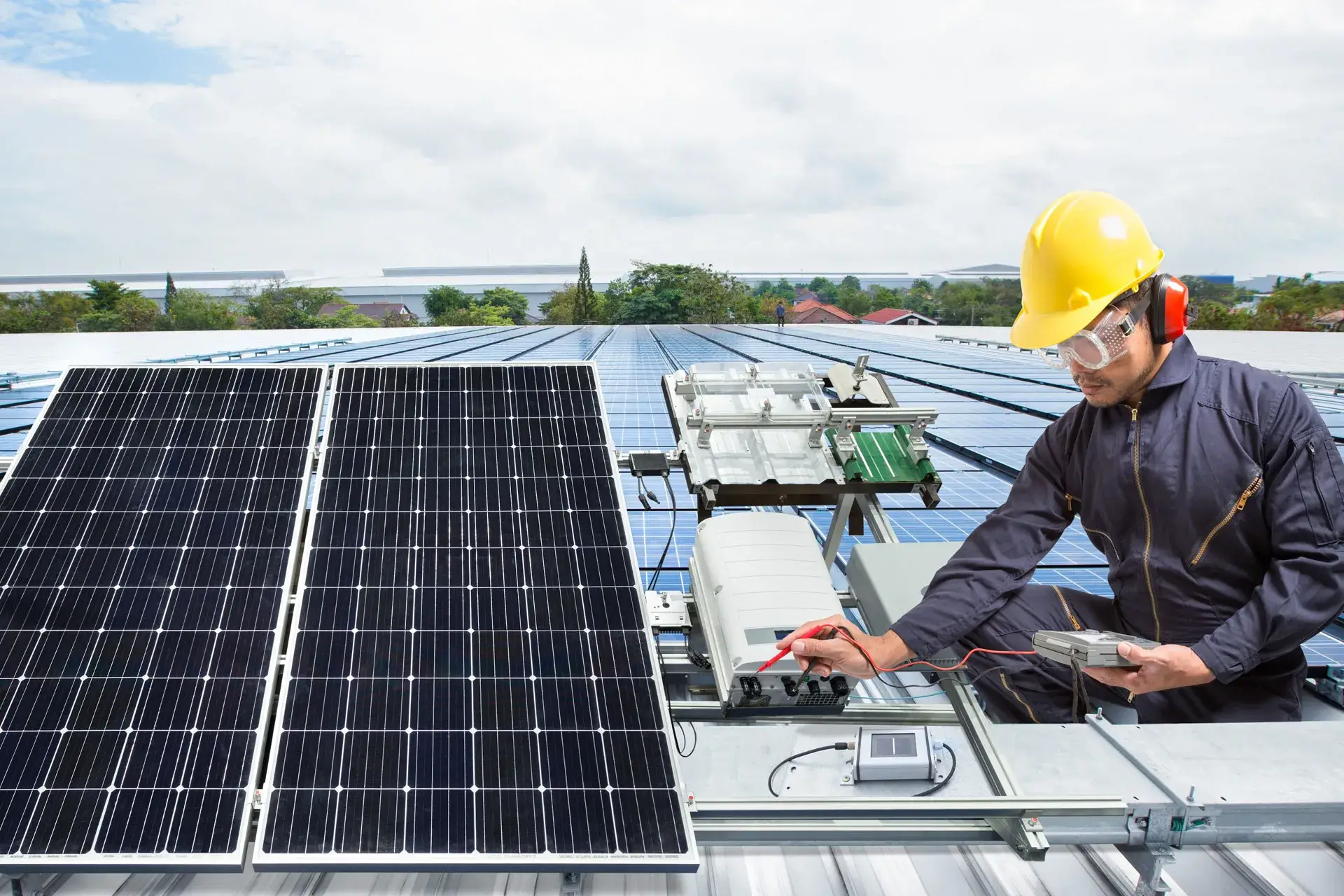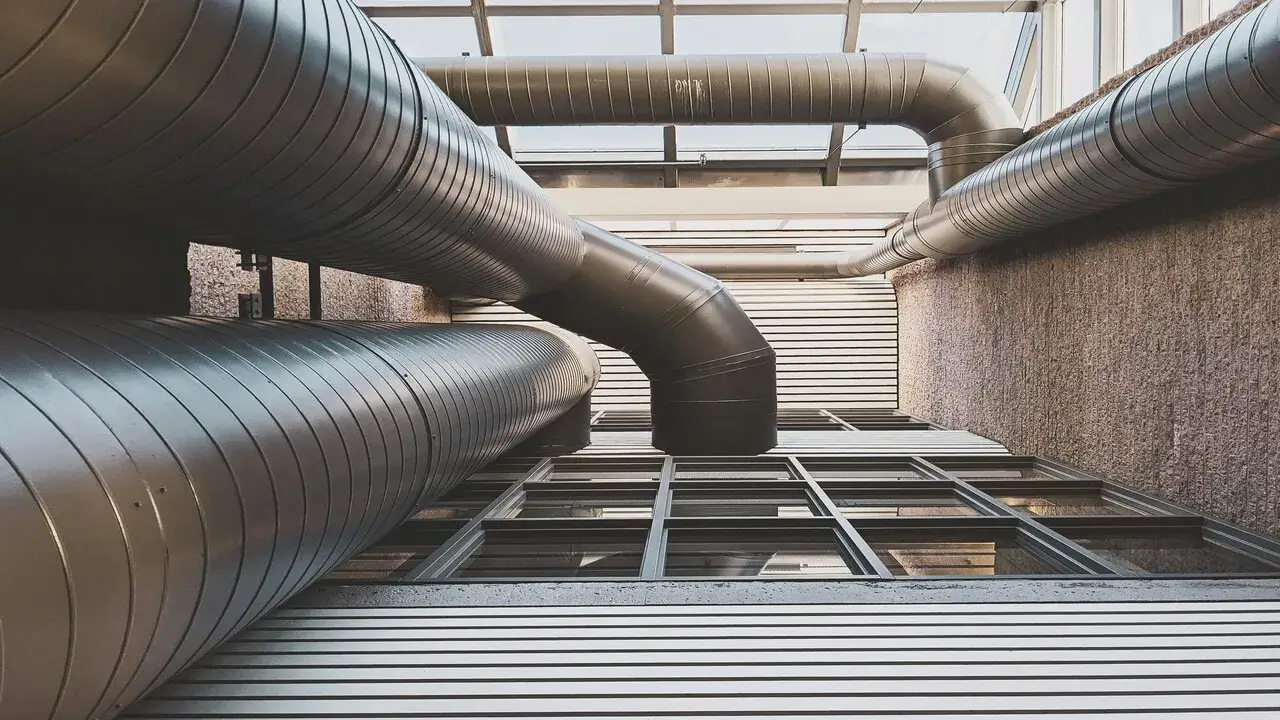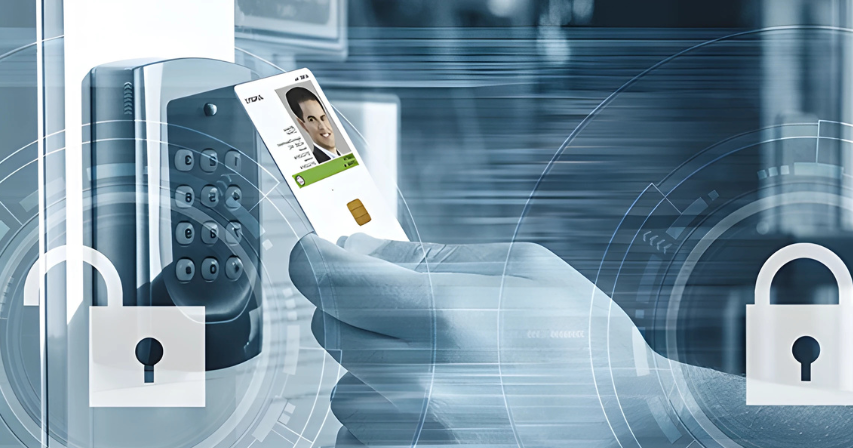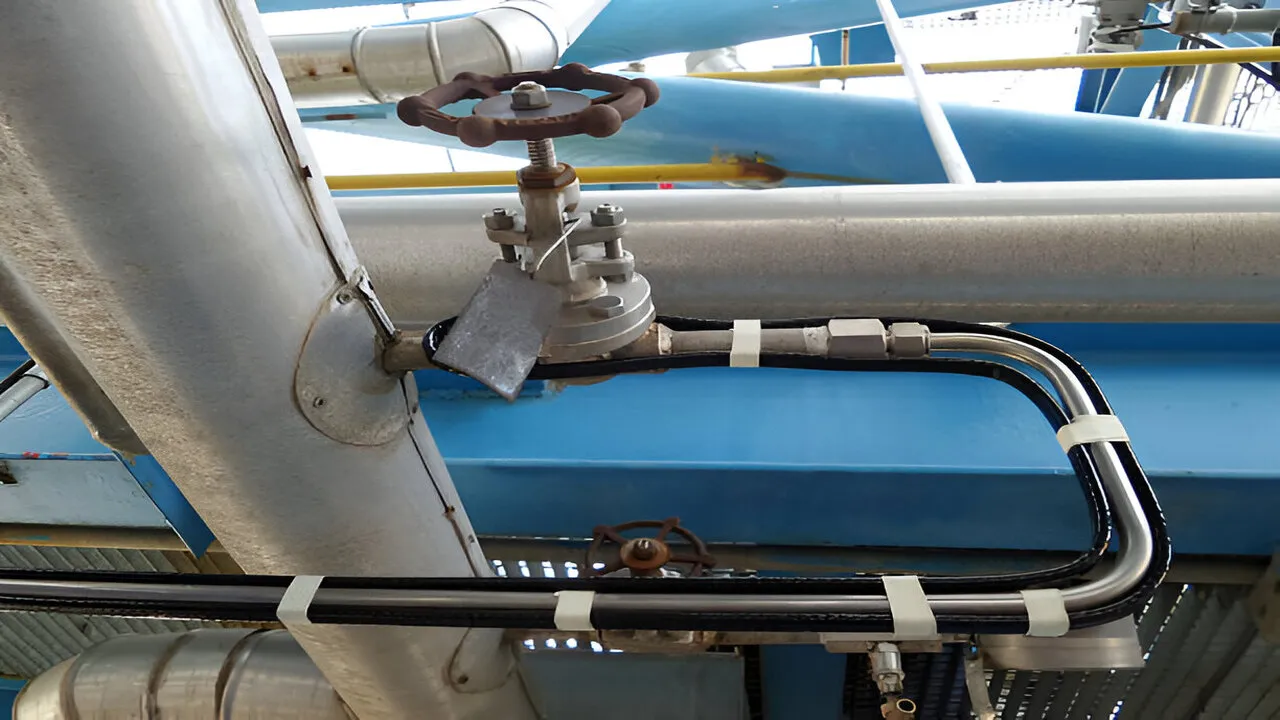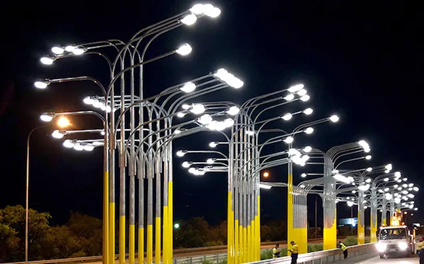
The UAE’s cryogenic storage sector grew fast in 2023. It hit USD 149 million and should reach USD 225.5 million by 2030. Abu Dhabi and Dubai drive this boom. They store LNG, liquid nitrogen, and liquid oxygen in giant tanks. Those tanks need heat to stay safe. You can meet this need with Self Regulating Heat Trace Cables. These cables adjust heat as temperatures change. They keep pipes and tanks just right.
What Are Self Regulating Heat Trace Cables?
They sense the surface temperature and they give more heat when things get cold. They cut power when it warms up. This action stops pipes from freezing. It also prevents hot spots. A polymer core inside the cable changes resistance. That change controls the power flow. You get safe, steady warmth.
Why Pick them?
You choose them because they:
Save energy by auto-adjusting power
Stop cable burns and pipe damage
Work even if you overlap or bend them
Last longer than fixed-output types
They lower electric bills and cut repair work. You avoid emergency shutdowns on cold nights.
Best Practices for Installing Self Regulating Heat Trace Cables on Cryogenic Tanks
How to Pick the Right Heat Tracing Cables
Match these factors to your site:
Lowest winter temperature
Pipe or tank diameter
Desired surface temperature
Cable watt density per meter
Zone approval for hazardous areas
Review the maker’s voltage and watt specs. In the UAE desert, nights can drop below 5 °C. Offshore rigs feel sea breeze chills. Get heat tracing cables rated for your coldest spot.
Gather Tools and Thermal Insulation Materials
Before you start, grab:
Torque wrench for tight clips
Digital IR thermometer for spot checks
Solvent wipes and primer for a clean surface
Stainless steel clips or straps
UV-stable jacketing film or tape
You want a dry, smooth tank wall. Sand off rust or paint flake first. Then wipe the area to remove dust. Good prep helps heat flow into your cryogenic fluid.
Step-by-Step to Install them
Measure the run, add 10 % slack.
Clean and dry the pipe or tank wall.
Lay cable at the lowest point of the run.
Secure every 0.5 m with stainless steel clips.
Seal ends with approved end seals.
Ground the cable’s shield to earth.
Follow maker notes for bends and loops. Keep cables tight to the surface.
Route and Secure Electric Heat Tape
Plan straight runs. Avoid tight turns. Then:
Clip tape every 0.5 m to keep tension
Don’t overlap tape over itself
Keep tape off hot valves by 50 mm
Use UV-resistant clips outdoors
Check that tape lies flat
Proper routing boosts heat transfer. It stops cable damage and gaps.
Compare Cable Options for Cryogenic Tank Heating
Test and Startup for Pipe Freeze Protection
After install, power up and test:
Insulate the run with blankets or boards
Switch power on and watch current draw
Scan the cable with a thermometer
Test earth-leakage to spot ground faults
Cycle your thermostat at set temps
Good tests stop ice blockages. They keep lines flowing in cold snaps.
Keep Systems Healthy: Cryogenic Tank Heating Care
Do a check every quarter:
Inspect jacketing for tears or holes
Look inside insulation for wet spots
Tighten loose clips and seals
Test thermostats and controllers
Swap out any damaged cable sections
Regular care boosts safety. You cut emergency fixes and downtime.
Boost Insulation: Thermal Insulation Tips
Cover your heat trace with quality insulation:
Wrap pipes in closed-cell foam
Fit curved tanks with polyiso boards
Cover valves in foil-faced blankets
Seal seams with compatible tape
Dry insulation keeps its R-value. It helps cables heat less and save power.
Keep Stable Temperature Maintenance
Stay on top of temps with these steps:
Use a pipewall thermostat near the cable
Install remote loggers for 24/7 alerts
Plan backup power for grid failures
Check logs weekly for trends
Adjust insulation if you see cold spots
Stable temperature maintenance preserves fluid quality. It prevents pressure spikes and safety risks.
Upgrade Your Plant with Custom Heat Trace Cable Solutions
You can install, test, and maintain Self Regulating Heat Trace Cables with basic tools. Follow these easy steps. Use proper Heat Tracing Cables, electric heat tape, and good Thermal Insulation. Keep an eye on Pipe Freeze Protection and Cryogenic Tank Heating. That ensures safe Temperature Maintenance in your plant. Ready to upgrade your system? Contact us now for a custom plan tailored to your needs.
FAQs
Can I cut them to length?
Yes. You can trim them. Always use the right end seal kit after cutting. That seal stops moisture from entering.
What temperature range do they cover?
Most models work from –40 °C up to +65 °C. Check the maker’s spec sheet for exact values.
Do I need Thermal Insulation with these Cables?
Yes. Insulation keeps heat in. It helps cables:
Heat less and save power
Reach setpoint faster

